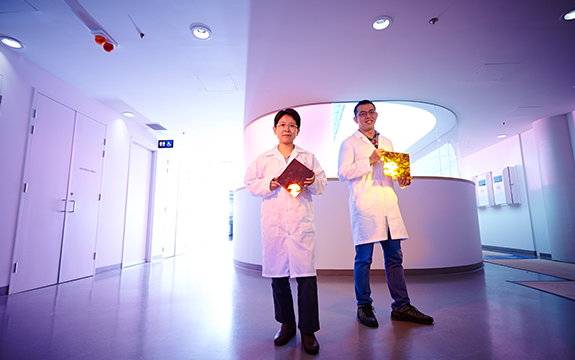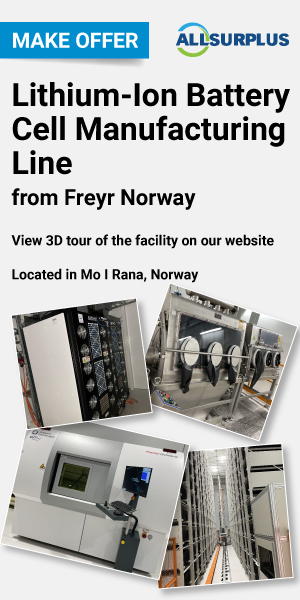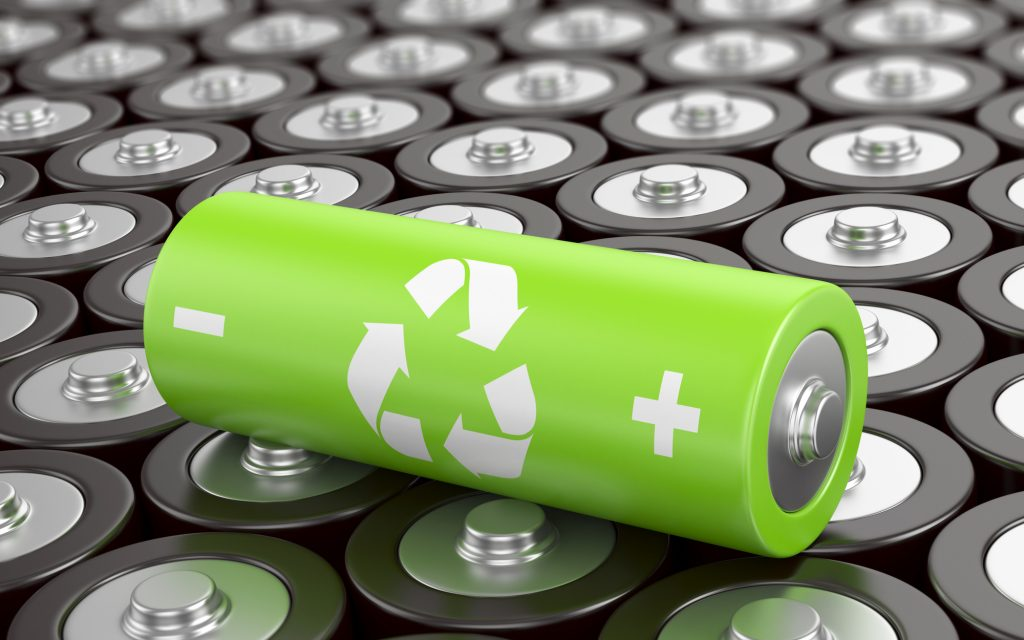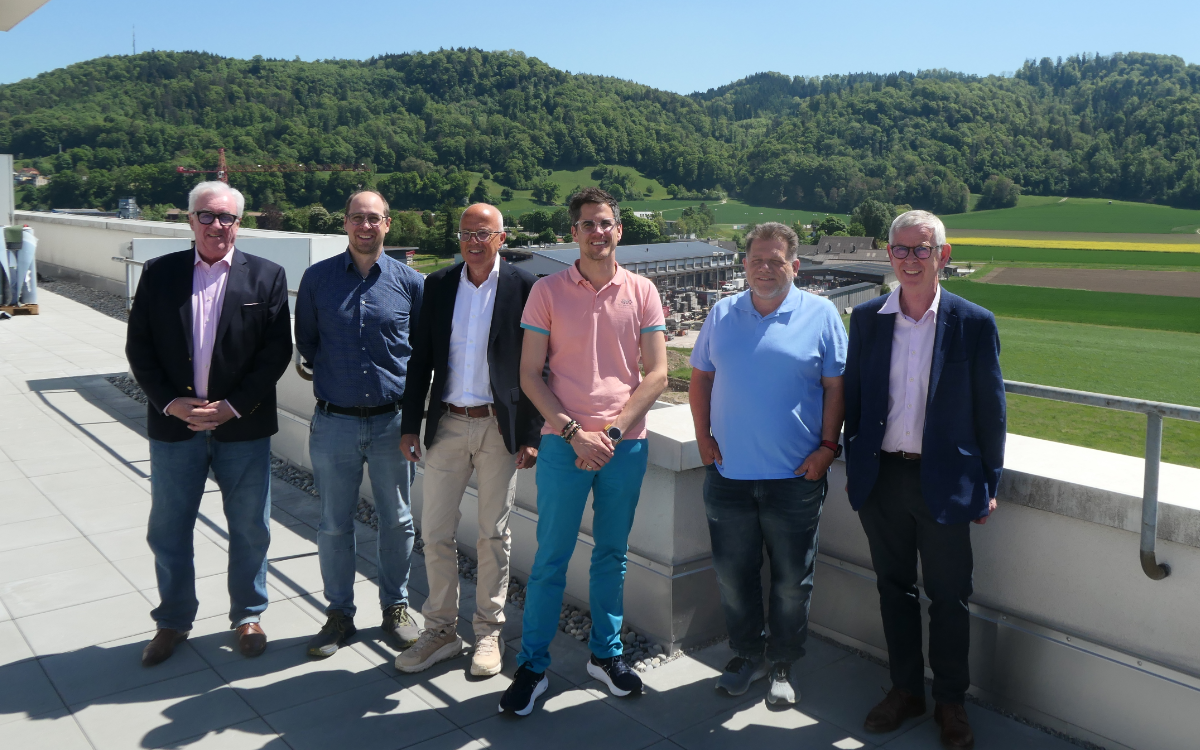A commercial prototype of a “next generation” graphene oxide-based supercapacitor is set to be offered for trials by major battery makers within the next two years.
Australia’s Swinburne University of Technology is developing the ‘Bolt Electricity Storage Technology’ battery backed by investor Graphene Solutions – a joint venture company of Australia-based graphite miner First Graphite Resources (FGR) and Melbourne electronics company Kremford Pty Ltd.
On completion of the AUD2 million ($1.58m) project, Kremford will own 40% of Graphene Solutions and FGR will own the remainder.
According to the Swinburne development team, the supercapacitor “has an improved ability to quickly charge and discharge energy, and it can store significant power for longer”. “It’s safer than current battery technology, as it is able to function without overheating or resulting in explosions or fires. The porous graphene surface stores charged atoms (ions) and moves them from one electrode to another.”
Dr Han Lin (right), who is leading the project development team with Professor Baohua Jia (left), said: “In this process, no ions are being generated or being killed. They are maintained by charge and discharge and are just moved around. Moving ions doesn’t degrade the supercapacitor, so it can charge millions of times, in theory. Usually, a supercapacitor can work for at least 10,000 life-cycles.”
Prof Jia said: “The battery is very thin, it’s carbon based and it’s environmentally friendly. We filed a patent on the technology last year.”
The AUD2m ($1.58m) project development cost was raised for FGR by Warwick Grigor – the executive chairman and managing director of Far East Capital, a Sydney-based private investment bank specialising in the resources sector.
Grigor told a recent resources industry conference in Sydney: “The real disruptive technology in future is probably going to be supercapacitors, but we need to improve their capacity.”
“Once we’ve made the (Swinburne) prototype, we’re going to visit half a dozen global battery makers and offer them a licence to manufacture this ground-breaking, next generation energy storage device,” Grigor said. “This technology could potentially be worth billions of dollars. It’s not yet proven commercially, but it’s a very exciting path we’re going down.”












